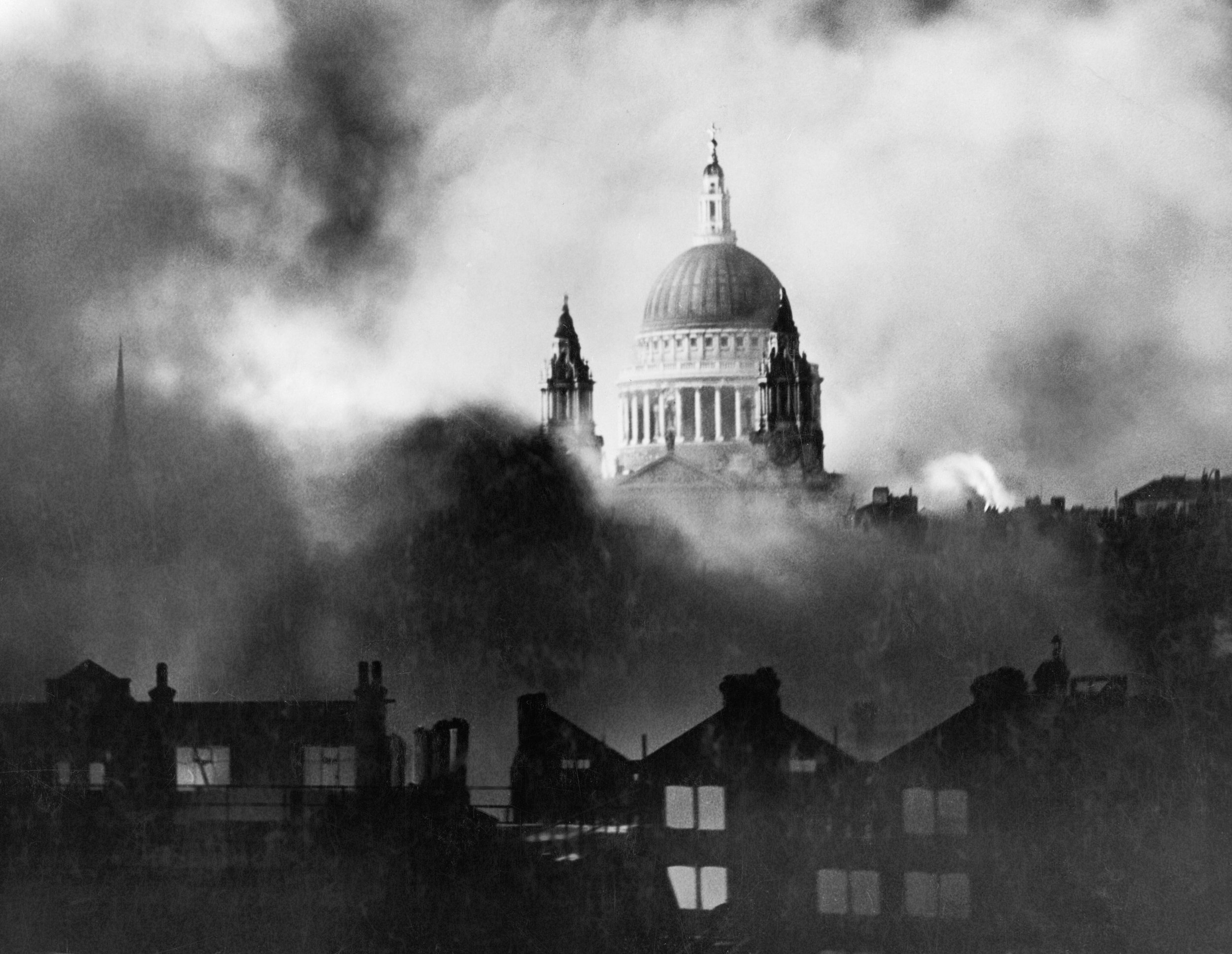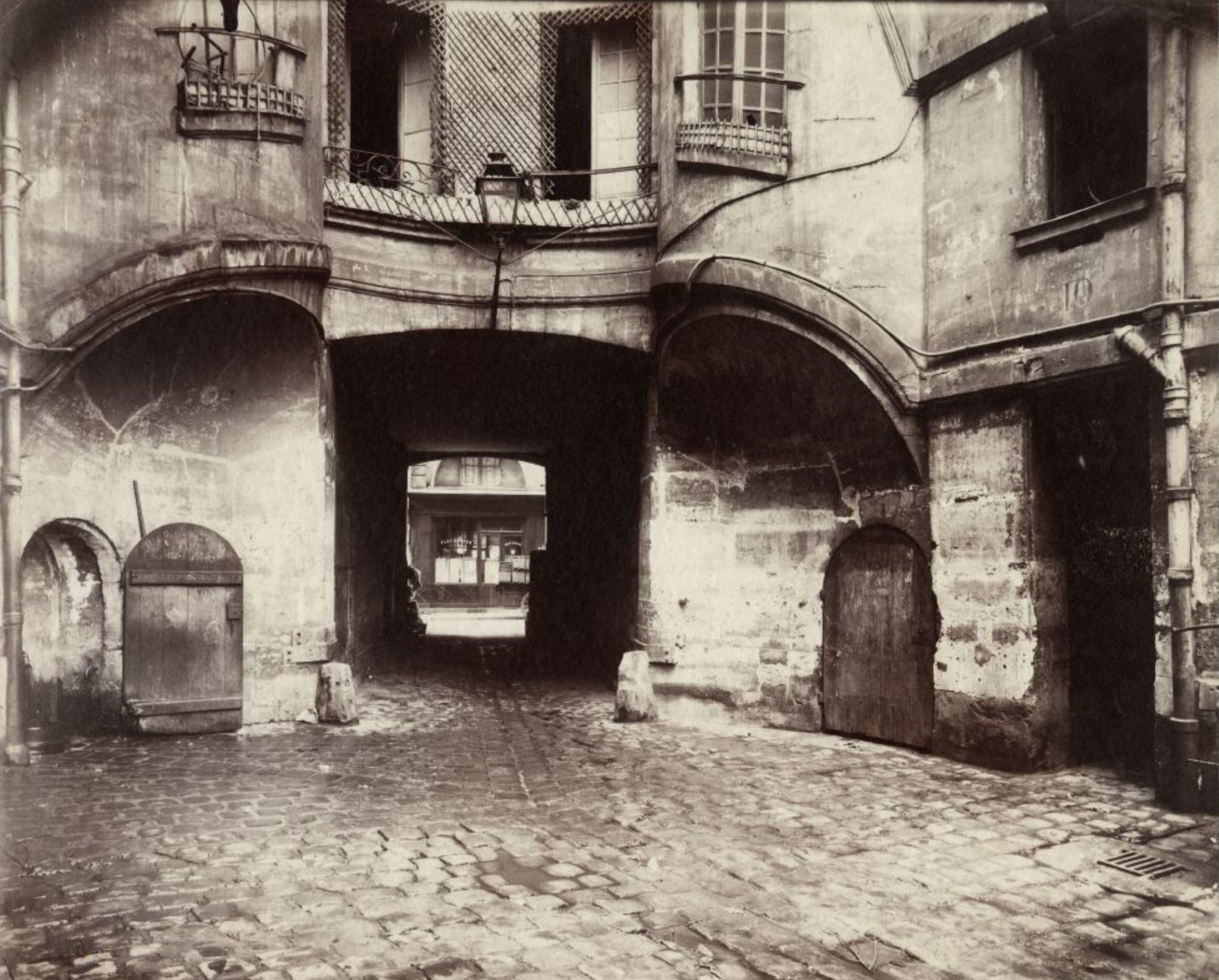Why I Still Love Black & White Photography
Like many photographers, black and white photography holds a special place in my heart. Out of all the photographic techniques and processes I have had the opportunity to learn and master over the years, black and white is the one which I keep coming back to. Even now working with digital photography, black and white photography — edited that way in Adobe’s digital darkroom — has its own unique collective visual language which has fermented its place in our world of media.
Here are some of the reasons why I still love black and white photography, and some of the reasoning and thinking behind this enduring relationship….
My much loved and still regularly used Pentax Spotmatic SP500 camera.
Bathroom Photographer!
Most photographers who shoot with photographic film started with black and white because it is easily to learn and does not have the added complications of colour film processing and printing. My first experience with film photography was processing black and white films at home which I had shot on my parents old Pentax Spotmatic cameras. We had a primitive darkroom setup in the cellar — which was freezing cold and occasionally flooded during the winter months — with a small antiquated photographic enlarger, trays for developing prints and no running water, necessitating many trips upstairs to transport water down. I remember the cold temperature being particularly troublesome because the developer and fixer would get cold, increasing reaction times and sometimes shocking the print. Later I relearned the the process in college when studying photography. Fortunately the college still then had a good darkroom and I spent many hundreds of hours working away in the darkroom printing and experimenting.
Working with black and white photography in a darkroom is very hands-on and engaging process. Because black and white film is less reactive to red safelight you can see what you are doing and can have that added pleasure of watching the latent image come to life as the print is developed. You do not have the same experience with colour photography because the process must be done in pitch-darkness, meaning you spend most of your time bumbling and tumbling around! Because of all this black and white photography has always been popular with amateurs and home photographers. There was a craze in the 1960s and 70s of having small darkrooms at home, often setup is cupboards, cellars, bathroom and attics. This is how my parents acquired their darkroom equipment, which years later allowed me to take my formative steps in film photography.
An Etherial Problem…
Black and white photography has a etherial quality because of how we perceive our past. We are so used to seeing old films and family photographs in black and white, that we often have difficulty imagining the ‘old world’ in colour. In fact when we do see old colour photographs — in some cases taken over a hundred years ago by photographers like Sergey Prokudin-Gorsky — we have trouble recognising that world due to the psychosomatic connection created in our heads between black and white photography and the past.
This problem exists because we still have a lot of popular black and white media (Sunday afternoon reruns of Casablanca) and old black and white family photographs taken by Grandparents and even Great Grandparents. In theory this problem will resolved itself when memories become so distant and archaic that people no longer care and what was once an ‘old black and white photograph’ will be an ‘old colour photograph’ or perhaps something else entirely!
Lev Tolstoy by Sergey Prokudin-Gorsky
St Paul's Survives by Herbert Mason.
A Question of Authenticity
Because of black and white photography’s connection with the past we often assign authenticity to photographs which are, or which have been presented to us in black and white. This is partially due to how we study photographic images, which unlike moving pictures — which are forever doing away with themselves — are a frozen moment in time. This allows the viewer time to study the picture’s formal elements, connotations and denotations. Having the photograph presented in black and white actually makes this process simpler because by removing the colour information from the photograph, you are removing ‘information noise’ which interrupts this process. In short colours are distracting!
However this frequently applied authenticity’ is also because we have seen so many historical photographs which are black and white. We usually have no memories of our own about the events which we study and therefore the visual constructs in our minds are often black and white because the media which feeds those constructs is often black and white. From a young age we are also taught that words can be used to lie, and that both written and verbal communication are essentially an ‘unstable media’ which can be used and abused by those around us. And perversely we have also been taught incorrectly that ‘the camera never lies’. However people have very little understanding of how photography can be used to manipulate the truth.
In fact photographs have been used throughout photography’s history by propaganda artists to give veracity to their claims. A famous example of this is the photograph ‘St Paul's Survives’ which was taken by Daily Mail photographer Herbert Mason and depicts St Paul's spire against a backdrop of London smouldering after an air raid during the Blitz. The photograph was used in both the British and German presses; with British newspapers using the photograph as an example of ‘survival in the face of adversity’ and the German’s as evidence that their Blitz on London was working.
Other famous example include photographs taken at the end of the war depicting the raising of the American flag on the summit of Iwo Jima and Russian soldiers raising the Soviet Flag on the shattered remains of the Reichstag. When looking at both historic and contemporary photographs the context can often be lost, or deliberately obscured by captions and design. And in this sense black and white photographs do not help because they can create a false sense of authenticity in people’s minds.
American Soldiers Raising the Flag Over Iwo Jima (for the Second Time) by Joe Rosenthal.
Seeing Things Differently
There are photographs which were meant to be colour and then there are photographs which meant to be black and white. It’s simple, not everything looks good in colour!
Black and white photography is different from colour photography and how you perceive a black and white photography is different from how you would perceive a colour photograph. This however also means that you need to potentially photograph in a different way, playing to black and white photography’s strengths. When a photograph is black and white the lines, the shapes and structures depicted in the image are accentuated. Textures which are normally lost in a sea of colour come to the fore and help define the space within the composition. Light and those finer details, often highlighted by a backlight or sunlight cast across the image help create that magical feeling which only black and white photography — with its superior range of contrasting tones — can successfully pull off!
A courtyard photograph by Eugène Atget.
These are just some of the reasons why I still love black and white photography. However I realise I am already old, before being old! — by this I mean my use and understanding of photographic media is restricted by my place in time. When you look at our rich history of visual media and how it has developed through millennia, I seen no reason why this insatiable process should abate. Who knows what, or even how visual media will be used and perceived in several hundred years time, when we are all dust!





